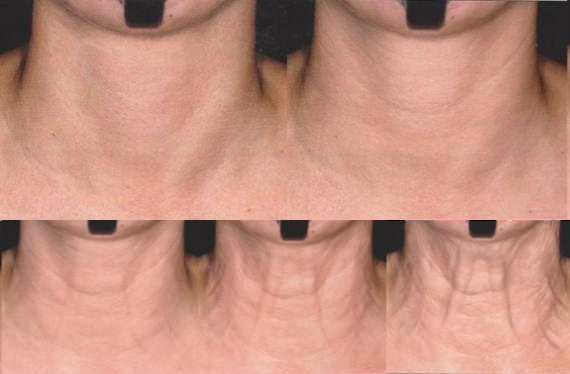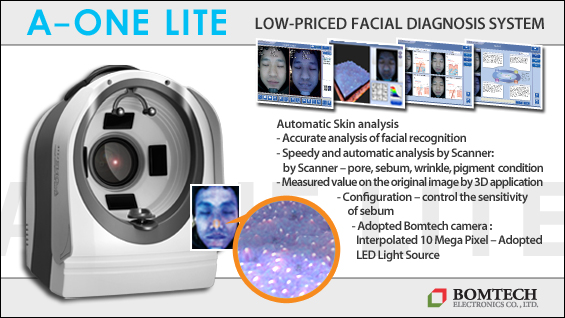
The majority of patients who visit aesthetic clinicians are in their 20s to 50s and do not seek treatments for their neck from the beginning. They are more eager to correct nasolabial lines, glabella wrinkles, forehead lines, and marionette lines, etc. with botulinum toxin, dermal filler injections, or laser, etc. Even those who are concerned about the visible lines on their neck tend to be very passive about seeking treatment for them. Most of the patients want to improve the more noticeable facial wrinkles are more noticeable and are dissuaded from treating neck wrinkles as they worry treatments will be ineffective. On the other hand, patients who are conscious about the appearance of their neck or have tried many treatments for it are highly satisfied when the treatment brings moderate improvement.
It is crucial to have accurate understanding of the anatomy of the lower face and neck to obtain favorable results from neck wrinkle treatment. It is also important to be deeply familiar with the aging process of the neck, types of neck wrinkles, and treatments suitable for each severity category. Understanding the patient’s expectations from the treatment and forming a trusting relationship can also help raise patient satisfaction with the outcome.
Anatomy of the Neck
The neck consists of the following five layers under the skin; subcutaneous adipose tissues, platysmal muscle, deep adipose tissue, submandibular gland, and deep myo-facial layer. As all of these layers are progressively affected by aging, neck wrinkles can be categorized into four types as below.
1. Horizontal neck lines
2. Vertical neck lines (platysmal banding)
3. Fine winkles
4. Neck skin drooping

Figure 2. Progression of neck aging.
The surgeon should consider the type and severity of neck wrinkles to choose the best treatment option. Moreover, it is very important to examine the elasticity of the neck skin, cervicomental angle, mandibular border, submental fat, and ptosis of the submandibular gland to attain optimal results that maintain the overall balance in the area.
According to a study, following anatomical factors need to be considered during treatment of neck wrinkles (Dermatol Surg. 2011 ; 37:1-4);
1. Skin is thinner in the neck than in the face (1.3-1.4mm, Surg Radiol Anat (2002) 24: 183~189).
2. The skin has little subcutaneous fat underneath and is almost directly attached to the platysmal muscle.
3. Thinner vasculature and fewer appendages such as sebaceous glands and sweat glands than other areas.
4. Slower re-epithelization compared to other areas.
The thin skin directly attached to the highly dynamic platysmal muscle will come under stress and photoaging and intrinsic aging will further decrease the skin’s elasticity. The congenital horizontal lines, fine wrinkles and vertical lines start forming, leading to aesthetic worsening of the neck area.
[Advertisement] A-One LITE(Facial Diagnosys System) – Manufacturer: BOMTECH(www.bomtech.net)
Considering these anatomical characteristics of the neck, increasing the elasticity of the neck skin should be the main goal of the treatment. For horizontal neck lines, use a dermal filler with good tissue integration and viscosity. Botulinum toxin, which is commonly used for vertical lines, should be used with caution due to the likelihood of dysphagia in this area of thinner skin and low cushion effect. HIFU, RF and fractional laser (selective fractional photothermolysis) have longer downtime and should also be used with caution to avoid pigmentation that can worsen the appearance of neck wrinkles.
In the next article, we will discuss in detail various treatment methods, such as dermal filler and botulinum toxin, that are commonly used in neck wrinkles in Korea.
-To be continued




















